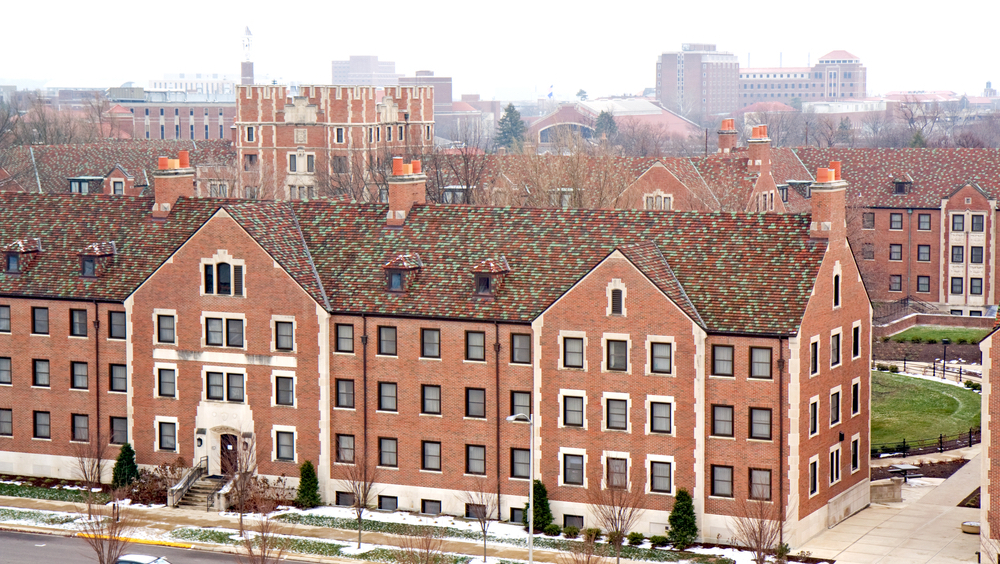
Purdue University is partnering with Cranfield University in the UK to offer a suite of graduate-level education programs that will support the U.S. Department of Defense and its allies. The partnership will provide options for military personnel and civilians in the scientific, engineering, and technology communities affiliated with the Department of Defense, and their partnering contractors, to study for degrees in defense engineering. The new curriculum will cover vehicles, conventional weapons and electronic warfare systems and sensors used in expeditionary warfare.
“We are bringing together two excellent universities and their incredible resources to help individuals in the military sector,” said Gary Bertoline, dean of Purdue Polytechnic Institute. “This really touches upon Purdue’s role as a land-grant institution to make a difference for the people of Indiana.”
Purdue at WestGate, which is based next to Naval Surface Warfare Center Crane Division (NSWC Crane) in south central Indiana, will offer the first program – a dual master’s degree in defense in engineering and technology, with a specialization in expeditionary warfare
“Purdue Engineering is excited to bring innovative learning to workforce development by partnering with Cranfield and Navy NSWC Crane in Indiana,” Mung Chiang, the John A. Edwardson Dean of the College of Engineering at Purdue, said.
Professor Amer Hameed, Professor in Defense Engineering and Director of Defense Security & Technology at Cranfield, said: “We are honored to be partnering with Purdue University to deliver this programme to Department of Defense staff and look forward to offering further courses. This first Master’s-level degree will provide graduates with the technical qualities, transferable skills and independent learning abilities necessary to make them effective in organisations that design, develop, procure, or operate military expeditionary systems. Partnering with Purdue University will act as a capability multiplier. Linking theory to real examples from warfare systems is important and the course will therefore use current and legacy equipment to highlight design philosophy, design parameters and issues, constraints and trade-offs.”
